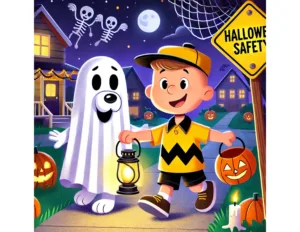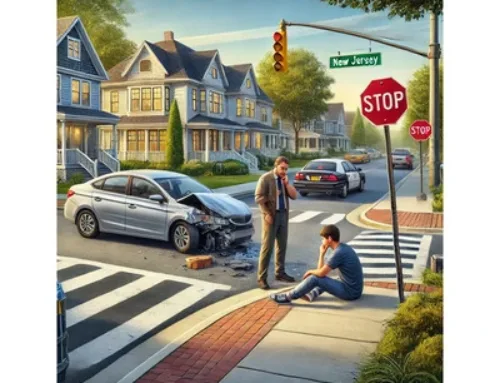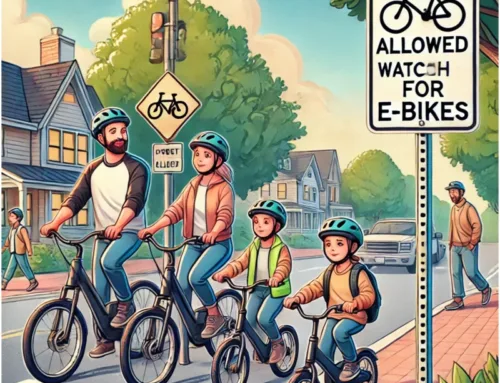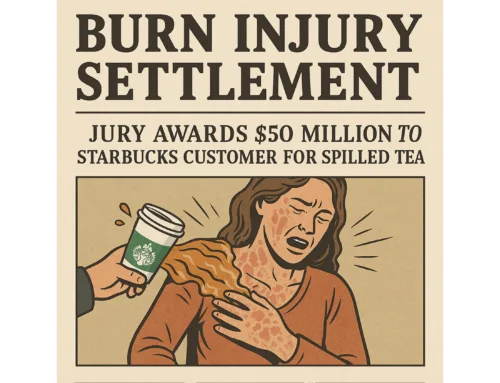Halloween is an exciting time filled with costumes, candy, and festive activities. However, it’s also a night where safety risks increase, particularly for pedestrians and children. Unfortunately, injuries can happen despite taking precautions, and in such cases, knowing your legal rights is crucial. This guide offers Halloween safety tips from a legal standpoint, with advice on how to avoid accidents and what steps to take if an injury occurs.
Costume Safety
Costume choices can contribute to injuries, particularly if they create hazards for the wearer or others. For a safer Halloween, consider the following:
- Flame-Resistant Materials: Costumes made from flame-resistant materials like polyester or nylon are highly recommended. Open flames, such as candles inside jack-o’-lanterns, are common during Halloween, increasing the risk of burns.
- Proper Fit: Ill-fitting costumes can lead to trips and falls. Ensure that costumes are neither too long nor too loose. Children’s shoes should fit properly to avoid slipping or tripping.
- Increased Visibility: Adding reflective tape or accessories to costumes can improve visibility, especially during the evening when it’s darker. Glow sticks or flashlights are other options to enhance safety.
- Safe Makeup Choices: If face paint is part of the costume, ensure it is non-toxic and safe for skin. Testing it on a small patch of skin before the big night can prevent allergic reactions.
If a costume defect or safety issue causes an injury, there may be grounds for a product liability claim. According to the National Safety Council, children are more than twice as likely to be hit by a car on Halloween than on any other day of the year. For more details, read about this statistic here.
Trick-or-Treating Safety
Trick-or-treating is one of the most anticipated activities on Halloween, but it also presents several risks. These safety tips can help reduce the likelihood of injuries:
- Adult Supervision: Children under 12 should always be accompanied by a responsible adult. Older kids who trick-or-treat alone should follow a predetermined route and adhere to safety rules.
- Use Crosswalks: It’s important to encourage children to cross streets at designated crosswalks, not between parked cars. Sticking to sidewalks and well-lit areas can also minimize the risk of accidents.
- Candy Inspection: Parents should inspect all candy before allowing children to eat it. Any unwrapped or suspicious-looking treats should be discarded immediately.
- Stay Visible: Trick-or-treaters should carry a flashlight or wear glow-in-the-dark accessories to stay visible to drivers.
In the unfortunate event of a pedestrian accident, seeking compensation for medical expenses and other damages may be necessary. A study by Safe Kids Worldwide shows that only 18% of parents discuss pedestrian safety with their children before Halloween. More information on this can be found here.
Halloween Decoration Safety
While decorating for Halloween can be fun, it can also introduce hazards to both guests and trick-or-treaters. Be cautious when setting up decorations to avoid potential liability:
- Use Flameless Candles: Replace traditional candles with battery-operated ones to avoid the risk of fire. Open flames can easily cause accidents, especially when children are around.
- Clear Pathways: Ensure that walkways, driveways, and porches are free from obstacles that could cause someone to trip and fall. Decorations should be placed strategically to avoid creating hazards.
- Check Lights and Electricals: Ensure that any outdoor lights are functioning properly. Faulty wiring can lead to electrical fires or injuries.
If someone is injured on your property due to a hazard, you could face a premises liability lawsuit. Statistics from the National Fire Protection Association indicate that fires caused by candles increase by 50% during Halloween. Learn more about this statistic here.
Road Safety on Halloween
Halloween is notorious for increased pedestrian traffic, and as a result, road safety becomes even more critical. Both drivers and pedestrians need to take extra precautions:
- Slow Down in Residential Areas: Drivers should reduce their speed in residential neighborhoods where children are trick-or-treating. Extra vigilance is essential during the peak trick-or-treating hours of 5:30 PM to 9:30 PM.
- Avoid Distractions: Pedestrians and drivers alike should avoid distractions such as texting while walking or driving. A moment’s inattention can lead to serious accidents.
- Designate a Sober Driver: Halloween is also a night for parties, and if alcohol is involved, it is critical to arrange a sober ride home.
According to the National Highway Traffic Safety Administration, approximately 41% of Halloween night traffic fatalities involve a driver with a blood alcohol concentration (BAC) over the legal limit. Drunk driving accidents often result in severe injuries, and victims may be entitled to compensation. Read more about this statistic here.
Legal Recourse for Injuries
While Halloween is meant to be fun, accidents can and do happen. From pedestrian accidents to slip-and-fall incidents on poorly lit properties, the risk of injury is heightened. In many cases, injured individuals have the right to seek compensation for their damages, which can include medical bills, lost wages, and pain and suffering.
- Premises Liability: If an injury occurs due to hazardous conditions on someone’s property, such as uneven walkways or poorly lit areas, the property owner may be held legally responsible.
- Product Liability: If a defective costume, decoration, or other Halloween-related product leads to an injury, the manufacturer or retailer could be liable.
- Pedestrian Accidents: In cases where a pedestrian is struck by a vehicle due to a driver’s negligence, compensation may be pursued to cover medical expenses and other damages.
If an injury occurs during Halloween festivities, it’s essential to speak with an experienced attorney to understand your legal rights and options. Call us today at 908.264.7701 if you or a loved one is injured and need legal advice.







